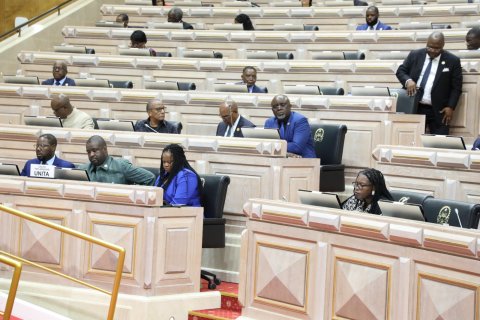Employment in the second quarter of 2021 declined by 1 percent from the previous quarter and increased by 6.4 percent from the same quarter of 2020.
The indicators on the Employment Survey in Angola (IEA) for the second quarter of 2021 were presented by the head of the Department of Demographic and Social Statistics at INE de Angola, Teresa Spínola.
According to the IEA's Quick Information Sheet (FIR), in this period the economically active population was 15,675,396 people, with 10,715,234 people employed, ie 105,971 (-1 percent) less than in the previous quarter and more 642,667 employees (6.4 percent) for the same quarter of 2020.
The FIR data show that the unemployed population in the months of April, May and June 2021 was 4,960,126 people, representing a quarterly change of 4.6 percent (increase of 216,142) and a year-on-year change of 3.9 percent (187,785 people).
The inactive population totaling 1,697,700 people fell in that period to -0.7 percent compared to the previous quarter and to -13.7 percent compared to the same quarter of 2021.
The unemployment rate in that period stood at 31.6 percent, 1.1 percent more than in the first quarter of 2021, which was 30.5 percent, according to the FIR, which also fixes the employment rate in 61.7 percent, 1 percent less than the previous quarter in which it stood at 62.6 percent.
Teresa Spínola made known that the primary sector (agriculture, animal production, hunting, forestry and fishing) absorbs 55.3 percent of the employed population in Angola.
The quarterly IEA selects a sample of 10,944 households, namely 6036 in the urban area and 4908 in the rural area as a sample for the period.
The survey, explained the official, is aimed at households residing in the country and, in the selection process, excludes households residing in collective housing, namely hotels, hospitals, military barracks, student residences, homeless people and others.
The eligible population in the IEA calculation methodology, explained one of the INE technicians, is the economically active population (sum of jobs and unemployed) and the inactive population in the reference period.
The results were presented in Luanda, at the end of a methodological seminar on the Employment Survey in Angola, promoted by INE.







